Have you been to Seattle’s Ballard neighborhood lately, where it seems there’s a brewery on every corner? On Saturday evenings, Sunday afternoons, weekday happy hours, and just about any other time of any other day, the brewer taprooms are bustling. Down the street at the local bar, well, I have no idea what’s happening at the local bar, because whenever I’m in Ballard I’m at a brewery taproom. I bet your story is the same.
A recent study of drinking habits in major U.S. cities showed that the good-old neighborhood bar is suffering at the hands of the local brewery taproom. The study was commissioned by MillerCoors. This really doesn’t have anything to do with MilllerCoors, per se, but that is who commissioned the analysis of the data.
Taproom and brewpub customers are “shifting the on-premise norms, visiting earlier in the day and then opting out and going home,” says Molly Ballash, the MillerCoors category development manager for on-premise. (On-premise is the term industry professionals use when they mean bar.) “Our bar partners are missing out on high-volume occasions like dinner and happy hour.”
It is not surprising that brewery taprooms are impacting the bottom line at other types of drinking establishments. Brewery taprooms as we know them today, literally, did not exist 35 years ago. Heck, even 10 years ago the number of brewery taprooms in the U.S. was insignificant compared to today. What is surprising about this study is the sheer magnitude of the impact.
The Taproom Boom
In major U.S. cities, an estimated 9 percent of overall bar traffic is now moving through brewery taprooms. In Seattle and Portland, the number is over 20 percent. In Denver and San Diego, the figure is as high as 35 percent. This is according to the study by MillerCoors (read about it).
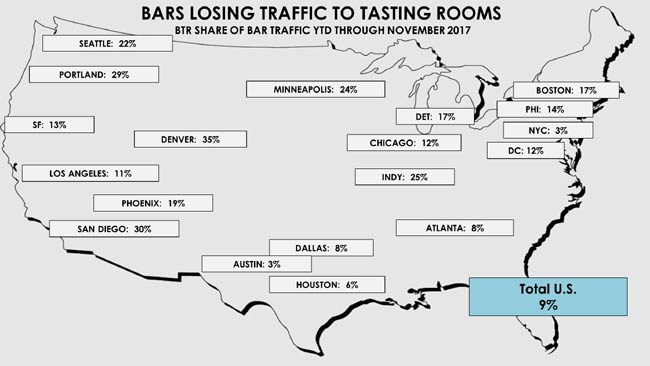
According to the Brewers Association, 2.8 million barrels of beer (nearly 87 million gallons) were sold directly from the nation’s 6,000-plus breweries in 2017, up from about 2.3 million barrels in 2016. This is according to a preliminary estimate from Bart Watson, chief economist for the Brewers Association. That trend doesn’t look to be slowing down, with roughly 55 percent of craft beer drinkers saying they are purchasing “a little more or a lot more” of a brewery’s product at the source. This is according to Brewers Association figures derived from Nielsen data.
The taproom is an increasingly important part of a brewery’s business. There are two reasons for this. First, a brewery makes a lot more money when it retails its own beer compared to wholesaling it out to distributors and bars. Second, the local grocery store only has so much room on its shelves. There are only so many tap handles available at local bars.
The taproom, where people not only drink beer but often buy beer to go, provides a reliable stream of revenue. This is especially true for small-sized to moderate-sized breweries, like most breweries in the Pacific Northwest. As Bart Watson says, for those breweries “who can’t access scale efficiencies, getting that higher revenue per barrel is essential.”
It’s What We Drink, Not Where We Drink It
The Brewers Association acknowledges that taprooms are swallowing some of the volume that previously moved through bars and restaurants. However, according to Watson, “We’re building evidence that suggests some of that taproom volume is new demand and new occasions that wouldn’t have gone to a traditional bar.”
Watson references data from a September 2017 Nielsen survey that shows 40 percent of taproom visits were incremental, with respondents saying those visits did not replace a planned trip to the bar. An additional 24 percent say their taproom visit was in addition to their typical bar trip.
In other words, this has as much to do with what we drink, and how we drink it, as it does where we drink. The brewery taproom provides a new kind of environment for drinking. Compared to your good-old neighborhood bar, it is a different kind of social experience. One that often involves geeky conversations about beer ingredients and brewing processes. One that often involves toddlers’ birthday parties.
Regarding the neighborhood bar, it is not being destroyed by the local brewery’s taproom. It’s simply a matter of evolution. Things change. Brewery taprooms are a new kind of drinking establishment. Obviously, their rise in popularity is going to impact the old kinds of drinking establishments.
Meanwhile, back in Ballard, a young husband and wife are parking the baby stroller in front of Stoup Brewing’s taproom. They are not parking it in front of The Sloop Tavern. They never would have done that. Not yesterday and not 30 years ago.

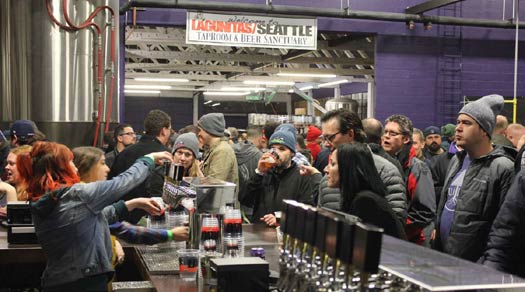
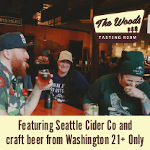

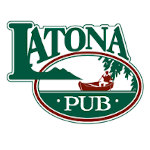
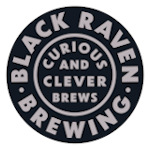



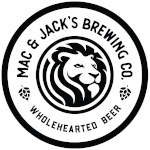
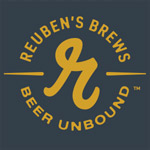
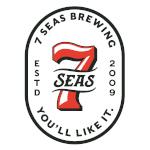
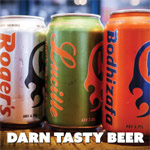

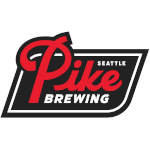
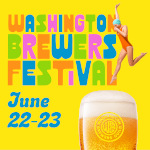

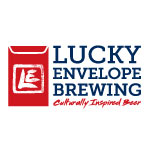











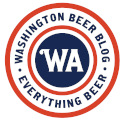
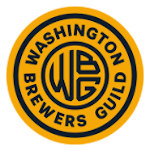


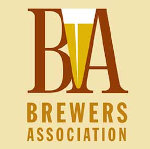
Up here in my small city, there are even a couple bars that have stopped carrying beers from in-town breweries, taking the attitude of “why should I compete with their taproom?”. They still carry craft beer, but it’s from out of town/county/state.
Not that I know the particulars of which you speak, but I’d bet the atmosphere at those bars is quite different than the atmosphere at the local taprooms. Another thing I didn’t mention, day drinking at a brewery is considered normal. At a bar, it is…. uh, looked upon differently.
How about the fact that brewery taprooms seem to be replacing (to some extent) brewpubs now? Like bars that offer only limited food (if at all), many new breweries are not offering food with their beer. That may be economical, but it’s not a healthy trend, in my opinion.
Part Fad, part low overhead. IMHO. Ballard (or Sodo) is blessed to have many breweries near each other. It can be fun for a couple or several friends to visit several breweries and get 4-6 oz. samplers to share (not get too buzzed). Many places offer “the best food in town ! (i.e. Beverage Pl. Pub), it’s whatever you bring in”. They encourage munchin’ while sampling, so you don’t get too buzzed. Beer samplers at breweries seem more reasonably priced and Take-away beer (growlers 2ltr/1) can be a great deal ! (i.e. Georgetown brewing). Honest pours may happen more at Breweries, i.e. a pint/16oz. (in a 20oz. glass) — Machine House Brewing, GT/Sodo; Take-Away, an honest 2qt or 2ltr.